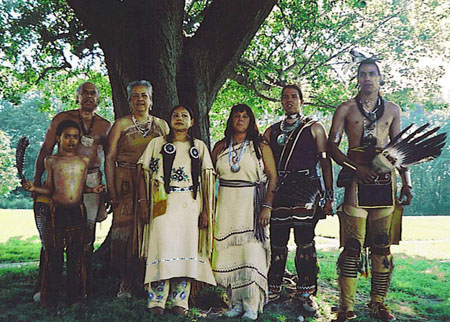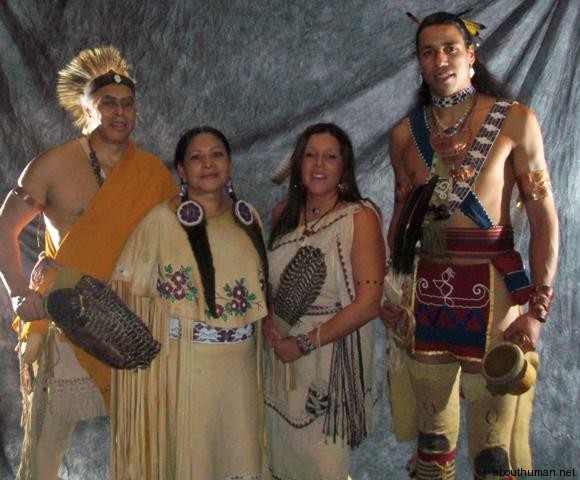Keepers of the Dawn: The Enduring Cultural Practices of the Wampanoag Nation
By [Your Name/Journalist’s Name]
LONG POND, MASSACHUSETTS – Long before the Mayflower’s sails appeared on the horizon, bringing with them a narrative that would forever alter the landscape, the Wampanoag people thrived on the verdant lands and rich coastal waters of what is now southeastern Massachusetts and eastern Rhode Island. Known as the “People of the First Light” – a name that speaks to their ancestral lands facing the sunrise – the Wampanoag have maintained a profound connection to their heritage, adapting, enduring, and revitalizing cultural practices that stretch back millennia.

Their story is not merely one of encounter and survival, but of a vibrant, complex civilization whose traditions, governance, and spiritual beliefs continue to shape their identity today. In a world often quick to simplify Indigenous narratives into historical footnotes, the Wampanoag stand as a powerful testament to resilience, continuity, and the unwavering spirit of a people determined to keep their ancient flame burning brightly.
A Sacred Relationship with Land and Sea
At the heart of Wampanoag culture lies an intrinsic and sacred relationship with Pacha Mama (Mother Earth) and the surrounding waters. For generations, their lives were intimately woven with the seasonal cycles, guided by an encyclopedic knowledge of their environment. This deep understanding allowed them to sustain themselves through sophisticated agricultural practices, hunting, fishing, and foraging.
"Our land is not just dirt; it’s our relative, our provider, our history," explains Mae Alice, a Mashpee Wampanoag elder, her voice resonating with quiet conviction. "Every plant, every animal, every stream has a spirit, and we are all connected. Our practices are about honoring that connection."
One of the most iconic examples of their agricultural prowess is the "Three Sisters" planting method: corn, beans, and squash grown together. The corn provides a stalk for the beans to climb, the beans enrich the soil with nitrogen, and the broad leaves of the squash plants shade the ground, preventing weeds and retaining moisture. This sustainable, symbiotic system not only ensured bountiful harvests but also symbolized the Wampanoag’s philosophy of interconnectedness and mutual support.
Beyond agriculture, the Wampanoag were master fishers and hunters. They utilized weirs, nets, and harpoons to harvest an abundance of fish, shellfish, and marine mammals from the Atlantic. Inland, they hunted deer, bear, and fowl, always with a deep respect for the animals that provided sustenance, performing ceremonies to thank the Creator for their bounty and ensuring no part of the animal went to waste. This holistic approach to resource management, born of necessity and spiritual reverence, is a cornerstone of their ancestral wisdom.
The Spiritual Fabric: Harmony and Reciprocity
Wampanoag spirituality is not a separate compartment of life but an interwoven fabric that defines their worldview. It is a belief system rooted in the understanding of a singular Creator, Kautántowwit, and the interconnectedness of all living things. There is no concept of dominion over nature, but rather a profound sense of kinship and responsibility.

Ceremonies and rituals mark significant life events and seasonal transitions, reinforcing community bonds and spiritual connections. Harvest festivals, naming ceremonies, and healing rituals are often accompanied by drumming, singing, and dancing – expressions that carry both personal and collective meaning. These gatherings are not merely performances but living prayers, embodying gratitude, seeking guidance, and reaffirming their place within the natural order.
Oral tradition plays a vital role in transmitting spiritual knowledge, history, and moral teachings from one generation to the next. Stories of creation, of animal teachers, and of ancestral heroes imbue lessons of humility, bravery, and the importance of living in balance. "Our stories are our libraries," says Hartman Deetz, a Mashpee Wampanoag cultural preservationist. "They teach us who we are, where we come from, and how we are meant to walk on this Earth."
The Resurgence of Wôpanâak: A Language Reborn
Perhaps one of the most powerful testaments to Wampanoag resilience is the Wôpanâak Language Reclamation Project. For over 150 years, the Wampanoag language, a member of the Algonquian family, was silent – no living speakers remained. This linguistic void represented a profound cultural loss, as language is not just a tool for communication but a vessel for worldview, history, and identity.
In the late 20th century, a remarkable effort began to bring Wôpanâak back from the brink. Spearheaded by Jessie Little Doe Baird, a Mashpee Wampanoag linguist, the project meticulously reconstructed the language using historical documents, including the Eliot Bible (the first Bible printed in North America, translated into Wôpanâak in the 17th century). Baird’s dedication, which earned her a MacArthur "genius" grant, became a beacon of hope for Indigenous language revitalization worldwide.
"Language is a sacred trust, a gift from our ancestors," Baird once stated. "When we speak our language, we are not just making sounds; we are invoking the spirits of our people, their wisdom, and their way of life. It’s about identity. It’s about healing. It’s about future generations knowing who they are."
Today, thanks to the project, Wôpanâak is being spoken again. Children are learning it in immersion programs, families are using it at home, and the language is becoming a vibrant part of community life once more. This monumental achievement is a profound act of self-determination, demonstrating that even what seems lost can be reclaimed through passion, scholarship, and collective will.
Governance, Community, and Wampum
Wampanoag social structure historically centered on close-knit communities, governed by sachems (leaders) and clan mothers. Leadership was often hereditary but also earned through wisdom, bravery, and the ability to serve the community effectively. Decisions were made through consensus, reflecting a deep-seated value for communal harmony and the well-being of the collective over individual ambition.
One of the most fascinating cultural artifacts of the Wampanoag and other Northeastern Indigenous peoples is wampum. Often mistakenly viewed simply as currency by European colonizers, wampum – beads meticulously crafted from quahog and whelk shells – held far greater significance. It was a sacred material, woven into belts and strings that served as:
- Diplomatic Instruments: Wampum belts recorded treaties, agreements, and historical events, acting as living documents that could be "read" and interpreted.
- Ceremonial Objects: Used in rituals, spiritual practices, and to mark important life transitions.
- Status Symbols: Adornments indicating leadership or spiritual importance.
- Memory Aids: Helping to recall oral traditions and genealogies.
Each bead and pattern held specific meaning, making wampum a complex system of communication and record-keeping that transcended mere economic exchange. The care and precision involved in its creation reflect the Wampanoag’s reverence for beauty, order, and the enduring power of their narratives.
Continuing the Legacy: Arts, Education, and Advocacy
In contemporary Wampanoag communities – such as the Mashpee Wampanoag Tribe and the Wampanoag Tribe of Gay Head (Aquinnah) – cultural practices continue to evolve and thrive. Traditional arts like basketry, pottery, and the crafting of regalia are experiencing a resurgence, with artisans passing down ancient techniques to new generations. These crafts are not just hobbies; they are tangible links to their ancestors, embodying skill, creativity, and cultural pride.
Education is also a critical component of cultural preservation. Tribal schools and cultural centers teach Wampanoag history, language, and traditions, ensuring that younger members grow up with a strong sense of their identity. Powwows and other intertribal gatherings serve as vibrant spaces for cultural exchange, celebration, and the reaffirmation of Indigenous solidarity.
Beyond internal efforts, the Wampanoag Nation actively engages in advocacy, working to protect their ancestral lands, sacred sites, and inherent sovereign rights. They educate the broader public about their true history, particularly challenging the romanticized and often inaccurate narratives surrounding the first Thanksgiving, and advocating for a more truthful understanding of Indigenous peoples’ contributions and experiences.
The journey of the Wampanoag people has been marked by profound challenges – disease, dispossession, and attempts at forced assimilation. Yet, through it all, they have held fast to their identity, demonstrating an extraordinary capacity for adaptation and renewal. Their cultural practices, deeply rooted in their ancestral lands and spiritual wisdom, are not relics of the past but living, breathing expressions of a vibrant and enduring people. As the sun rises each day over their homelands, it illuminates not just the dawn, but the continuing legacy of the Wampanoag, the true Keepers of the First Light.


